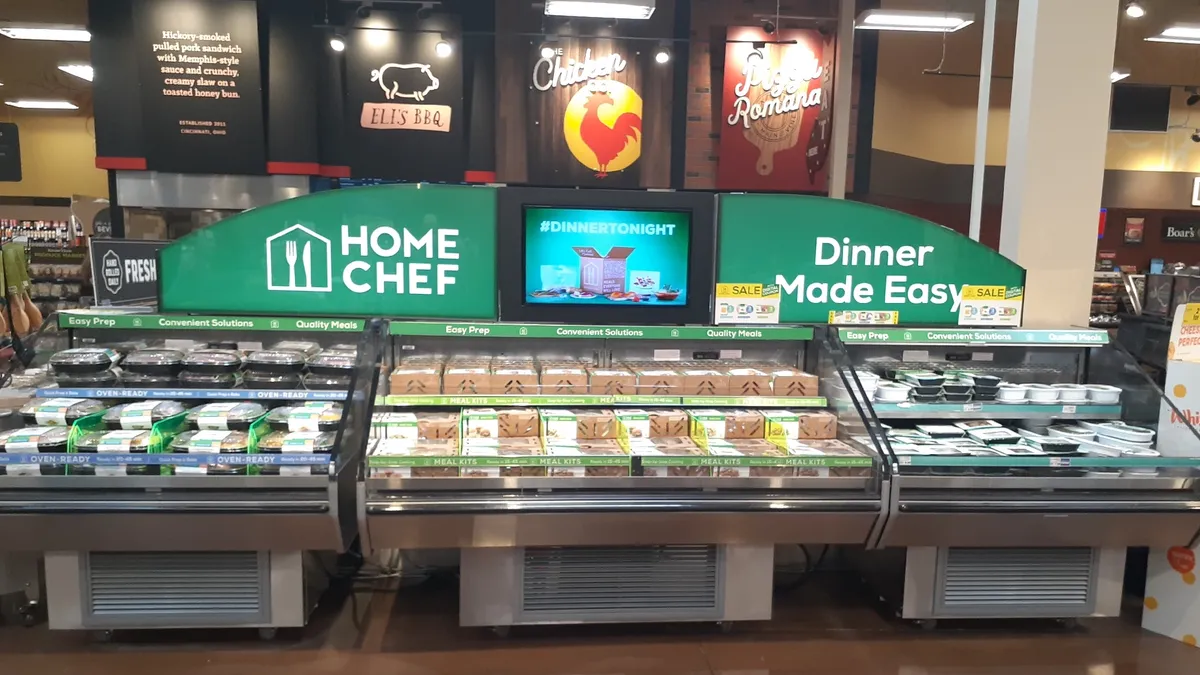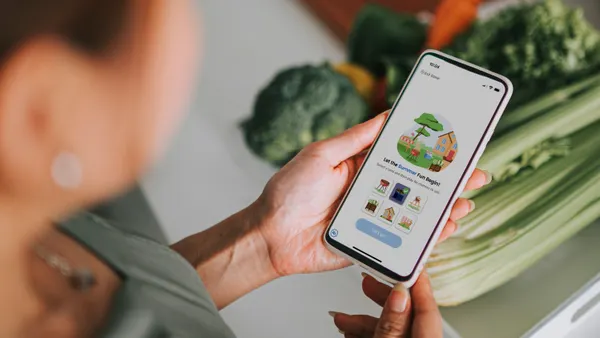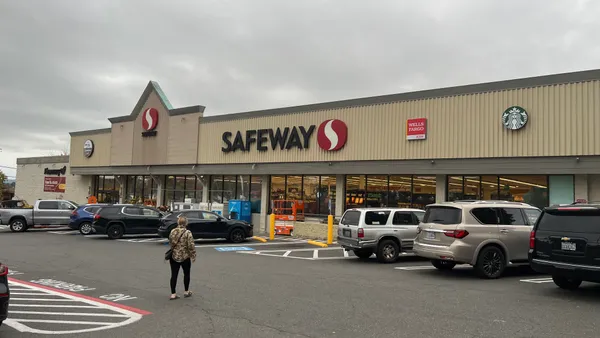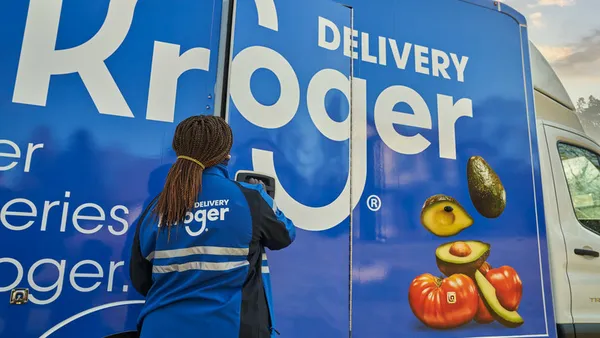Dive Brief:
- After a surge in sales spurred by the pandemic, the meal kit market is now decelerating, but is expected to outperform the total U.S. grocery market, according to a new report from Coresight Research.
- The research and advisory firm predicts that the meal kit market’s growth rate will drop from almost 70% in 2020 to 18.2% in 2021. Meanwhile, overall U.S. grocery market sales will decline by 2.8% this year, while online food and beverage sales will grow by 11%, Coresight expects.
- The report predicts slower growth in coming years than previous research from other firms as meal kits tackle increasing competition.
Dive Insight:
After years of fighting to win over customers and keep them buying for more than a month at a time, meal kit makers got a reprieve during the pandemic as people were forced to shop online and cook at home more often.
Now, with consumers returning to stores in droves and e-commerce sales declining, meal kit makers are facing a sharp decline in business this year, but should be able to maintain double-digit sales growth over the next few years, according to Coresight. The firm predicts industry sales will top $10 billion by 2024.
That growth will go to fewer companies than in years past as the meal kit industry has consolidated. Coresight reported HelloFresh and Sunbasket combined accounted for more than half of the U.S. meal kit market last year. Blue Apron, which accounted for roughly 34% of the market in 2017, fell to 8% market share in 2020 after a brief burst of profitability as its struggles continued.
HelloFresh, the market share leader in the industry with more than 42% of sales, has acquired companies like Green Chef and Factor75 to boost its standing. The company recorded positive operating margins in 2020, Coresight noted.
Companies are also focusing on product innovation and new offerings as they stare down the familiar challenges of low customer retention and high marketing costs, the research firm reported. Blue Apron has launched add-ons, like appetizers, side dishes and desserts. Sunbasket has ventured into full-service food delivery and refreshed its branding. Meanwhile, Freshly has rolled out a lower-carb line and also limited edition, chef-made meals.
Expanding their geographic footprint is another option. For example, HelloFresh plans to bring its U.S.-only brands into international markets.
Home Chef, the Kroger-owned meal kit company, is rapidly expanding its lineup of prepared and heat-and-eat products like pizza and soup. The company, which now has products in more than 2,100 Kroger stores, recently named a new president and chief people officer.
For several years, the saturated meal kit space has been fighting for consumers’ dollars with restaurants and grocers, which have increasingly ramped up their prepared foods offerings and added more ready-to-cook meals.
Coresight’s report positions meal kit projections lower than previous estimates from other firms. In late 2020, Statista published predictions that meal kit sales would more than double from 2017 to 2022, hitting $11.6 billion in the U.S. By contrast, Coresight expects sales to be $7.7 billion next year, up from $6.9 billion in 2021.
By 2024, Coresight forecasts annual growth to be just above 11% with total sales at $10.2 billion — roughly half of the almost $20 billion level Grand View Research forecasted last spring that the meal kit delivery service market could reach by 2027.













